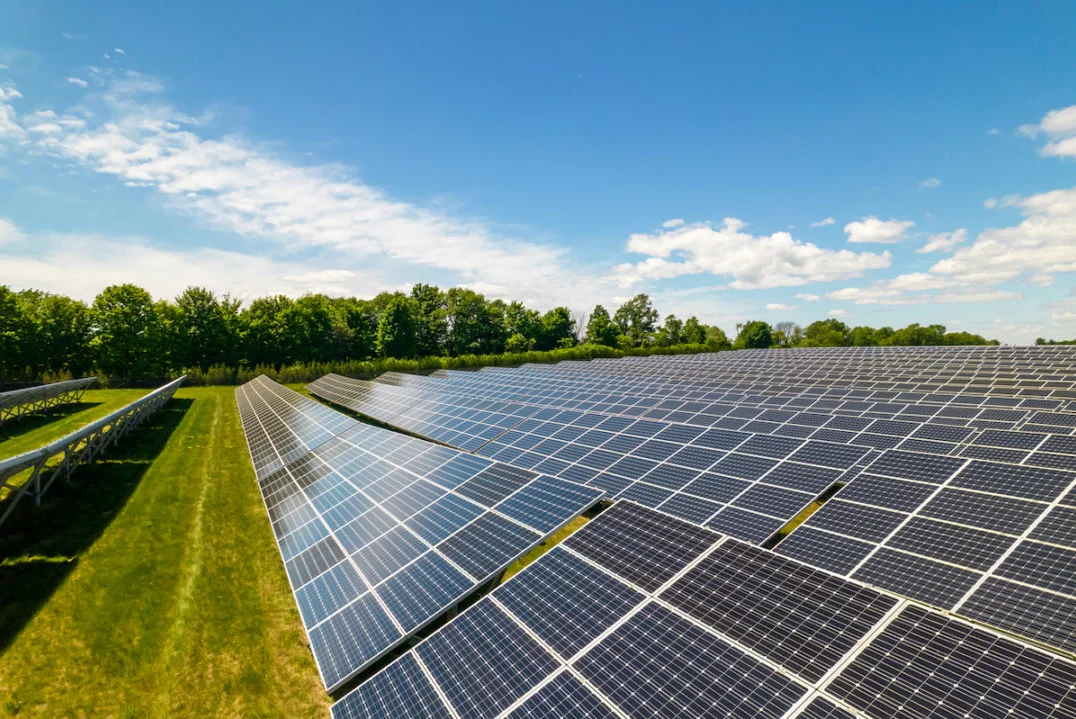Bifacial Solar Panels: Transforming Energy Solutions, Brightening Our Future
Bifacial Solar Panels are changing the way we think about solar energy! Wouldn’t it be awesome if a solar panel could capture sunshine from both directions? These cutting-edge panels are made to capture light from both above and below, as well as from ground reflections. This makes them extremely efficient because they can generate more energy than standard panels. Bifacial panels are gaining popularity as more people search for ways to use renewable energy, enabling us to make significant progress in the direction of a more environmentally friendly future.
The adaptability of bifacial panels adds to their excitement. They work well in places with reflecting surfaces like sand or snow and can be placed anywhere from rooftops to solar farms. Additionally, they are long-lasting, frequently made of resilient materials. These panels are becoming a popular option for both homes and businesses as technology advances, opening the door to a more sustainable energy future. Bifacial panels could therefore be the solution for you if you’re wondering how to optimize solar power!
Bifacial Solar Panels: The Future of Solar Energy
What Are Bifacial Solar Panels?
A ground-breaking development in solar technology, bifacial solar panels are made to collect sunlight from both the front and the back. These cutting-edge devices use reflected light instead of the single-directional sunlight that conventional solar panels capture. They can produce more electricity all day long thanks to this feature, particularly in areas with highly reflecting surfaces. Usually, the distinctive design uses glass or transparent backsheets to let light in and absorb it well.
Bifacial solar panels are an appealing alternative for both residential and commercial installations since their efficiency frequently surpasses that of traditional panels.These panels can optimize energy output by employing a dual-sided strategy, which will eventually raise their return on investment. They are especially desirable in areas with limited space for solar installations because of their dual use.
The longevity of bifacial solar panels is another important characteristic. Because they are made of sturdy materials, they can function normally even in the face of severe weather. Long-term energy production depends on this resilience, providing consumers with a dependable renewable energy source and peace of mind.
Advantages of Bifacial Solar Panels
The increased capacity to produce electricity is one of the most notable advantages of bifacial solar panels. They can capture more sunlight throughout the day, especially during peak hours, because of their dual-sided construction. As a result, companies and homeowners can anticipate increased energy yields, which will result in cheaper electricity costs and quicker payback times for their solar investments.
Furthermore, energy generation may be greatly impacted by the reflecting qualities of the surfaces beneath solar panels. For example, the effectiveness of bifacial solar panels can be further improved by installing them over water bodies, sandy terrain, or white rooftops. This is due to the fact that these surfaces reflect light back to the panels’ bottom, allowing them to capture much more solar energy than would be possible with conventional panels.

A more sustainable energy future is also facilitated by the usage of bifacial solar panels. They provide an environmentally friendly substitute by boosting total energy production and lowering the requirement for more area for solar installations. This makes it possible for cities to switch to renewable energy sources more effectively, which is especially important in metropolitan areas with limited space.
Installation and Design Considerations
Certain design factors can improve the effectiveness of bifacial solar panels when they are installed. A key factor in optimizing energy capture is orientation. Mounting solar panels at an angle that maximizes sunlight exposure throughout the day is ideal. To guarantee optimal efficiency, professional installers frequently suggest particular tilt degrees based on geographic region and seasonal sunshine patterns.
The selection of the installation surface is another crucial element. Reflective materials can greatly increase energy production, even though bifacial solar panels can function well on a variety of surfaces. For instance, placing solar panels on a white or gravel roof might increase their output by letting light bounce off the surface and reaching the back of the panels.

In order to avoid shade, bifacial solar panel spacing is also essential. Bifacial panels need extra room to guarantee that the rear side is left unshaded, in contrast to standard installations that can be positioned closer together. To optimize their dual-sided energy collecting capabilities, this positioning is crucial.
Economic Impact and Return on Investment
Purchasing bifacial solar panels can have a significant financial impact, especially when considering the solar panel price in Pakistan. Over time, these systems become more financially appealing because of their larger energy output, which results in higher electricity bill savings. Compared to traditional solar solutions, households and businesses can recover their investment faster since they can produce more power from the same footprint.
Furthermore, the financial feasibility of bifacial solar panels can be improved by government subsidies and tax credits for the installation of renewable energy. The initial installation costs can be somewhat reduced by the rebates or tax discounts that several regions give. Customers wishing to invest in sustainable energy solutions may find it easier to do so as a result.
The economic attraction of bifacial solar panels is also influenced by their long-term endurance. These panels, which have a lifespan of more than 30 years, consistently produce electricity without the need for regular maintenance or replacement that comes with more conventional solar systems. Bifacial panels are a wise investment for the future because of their endurance, which guarantees that users will see consistent energy savings over time.
The Future of Bifacial Solar Technology
Bifacial solar panels appear to have a bright future as the need for renewable energy sources keeps increasing. They are becoming a more and more common option for solar installations as a result of ongoing technological developments that should increase their affordability and efficiency. The materials used in these panels are being improved by researchers, who are concentrating on increasing light absorption and lowering production costs.
Furthermore, innovation in the solar sector is being propelled by the global movement towards sustainability. It is anticipated that the use of bifacial solar panels will increase as governments and corporations prioritize renewable energy alternatives. Larger-scale projects and more integrated solar systems that take advantage of the special advantages these panels provide may result from this trend.
Furthermore, the combination of bifacial solar panels and battery storage systems will probably result in more effective energy solutions as energy storage technologies advance. To further maximize the advantages of solar energy, homeowners will be able to store extra energy produced during the day for use at night. It is obvious that bifacial technology will be essential to the global switch to renewable energy sources in the future.







